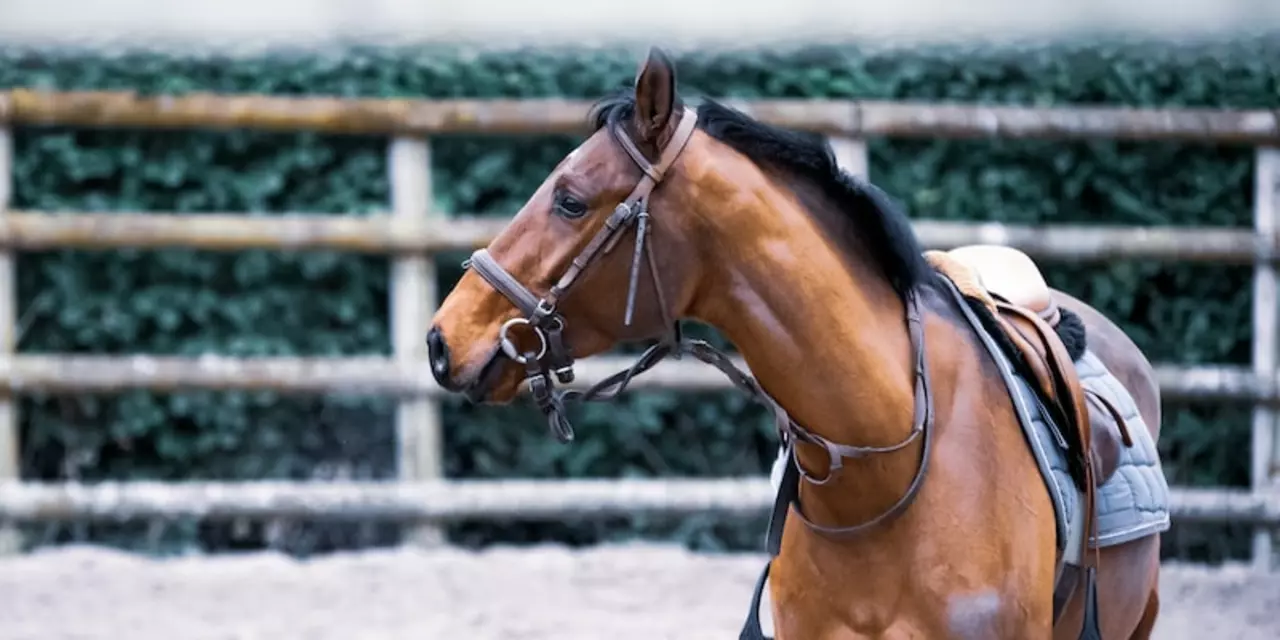Perception in Horseback Riding: How You See, Feel, and Connect
Ever wonder why some riders seem to glide while others are constantly fighting the reins? It often comes down to perception – the way you sense the horse, the arena, and your own body. Good perception isn’t just a talent; it’s a skill you can train, and it makes every ride smoother.
Read the Horse, Not Just the Cue
Horses talk with their ears, eyes, and muscles. If you’re too focused on the next jump, you might miss a flick of the tail that says the horse is uneasy. Start by scanning the whole animal before you move. Notice ear position: forward ears mean interest, pinned back can signal fear. Watch the shoulders – a relaxed back often means the horse is ready, while a tense neck suggests tension. By picking up these small signals, you can adjust your aid before the horse even thinks about it.
Sharpen Your Own Senses
Balance is the foundation of perception. When you sit deep in the saddle, your core muscles act like a built‑in stabilizer, letting you feel the horse’s rhythm. Try a simple drill: stand next to the horse, place one foot in the stirrup, then lift the other foot off the ground. You’ll feel the horse’s movement directly through your leg, and you’ll learn to stay centered even when the gait changes.
Vision plays a big role too. Instead of staring straight ahead, use a soft focus. Look a few yards ahead of the horse’s nose to anticipate obstacles and path changes. This “visual buffer” gives you time to cue the horse gently, rather than reacting at the last second.
Listening matters as well. The sound of a horse’s breathing, the clip of hooves on different surfaces, or the rustle of a banner all give clues about pace and mood. When you tune in, you can match the horse’s speed without overthinking the reins.
Mindset is the hidden driver of perception. A racing mind will miss details; a calm, present mind absorbs them. Before each ride, spend a minute breathing deeply, visualising a smooth round, and letting any worries drift away. This quick mental reset sharpens your senses and keeps you in the moment.
Finally, practice the “check‑in” routine. After every five minutes of riding, pause (if safe) and ask yourself: What is the horse doing? How does my body feel? Is my breathing steady? A brief self‑audit keeps perception fresh and prevents habits from slipping into autopilot.
Improving perception isn’t a one‑time fix. It’s a series of tiny habits that add up. Start with one – maybe watching ear position for a week – and build from there. Before you know it, you’ll ride with a natural flow that feels less like work and more like a conversation with your horse.
Why do people think that horseback riding is not a sport?
Horseback riding is often thought of as an activity rather than a sport, but it requires physical strength, coordination and skill. It is a full-body workout that requires posture control and balance as well as core strength and leg strength. It is also a mental challenge, as riders must be aware of their horse’s physical and mental state and know how to interact with them. Horseback riding also has competitive aspects, as riders can participate in a variety of equestrian sports. The horse’s welfare must be taken into consideration at all times, and riders must have patience and empathy for their mounts. This makes horseback riding a unique, challenging and rewarding sport.
READ MORE